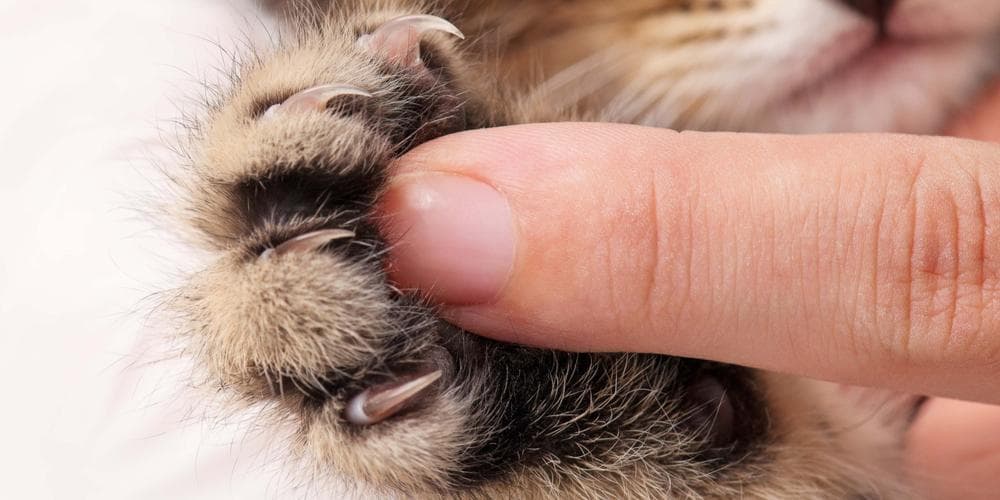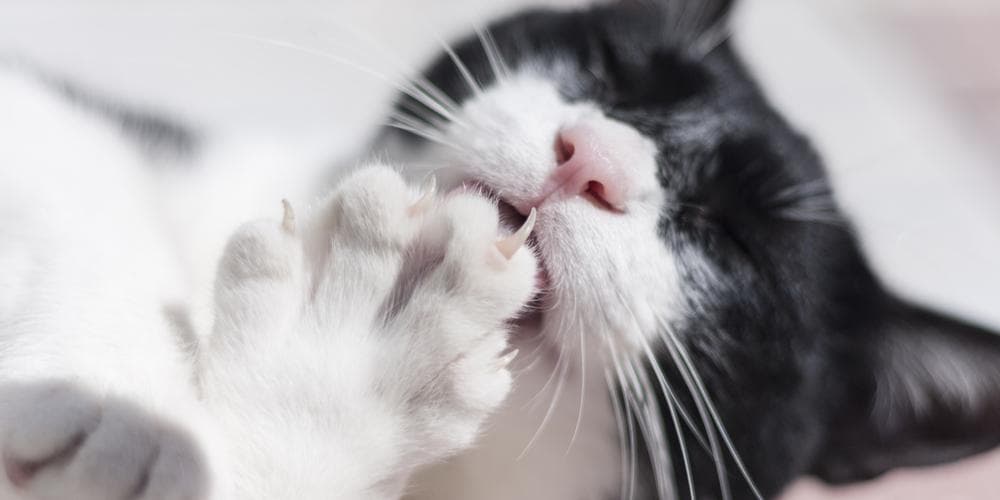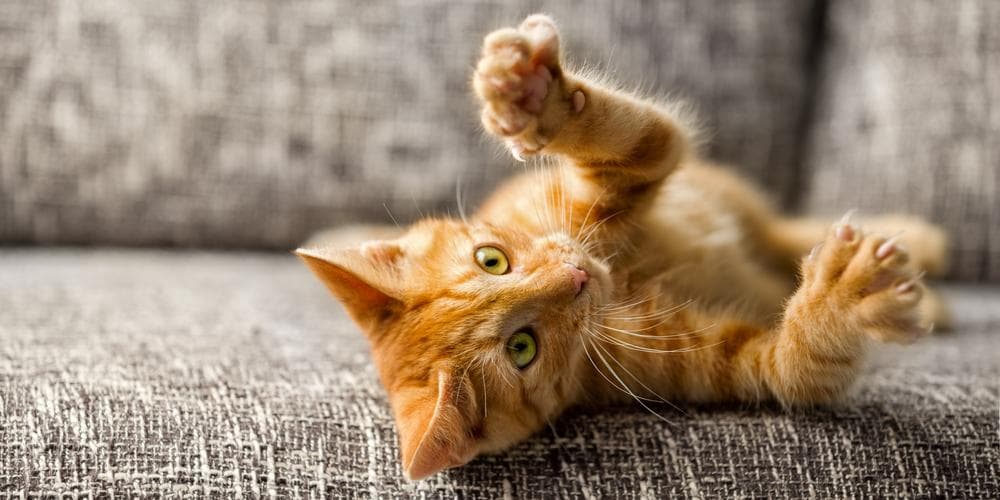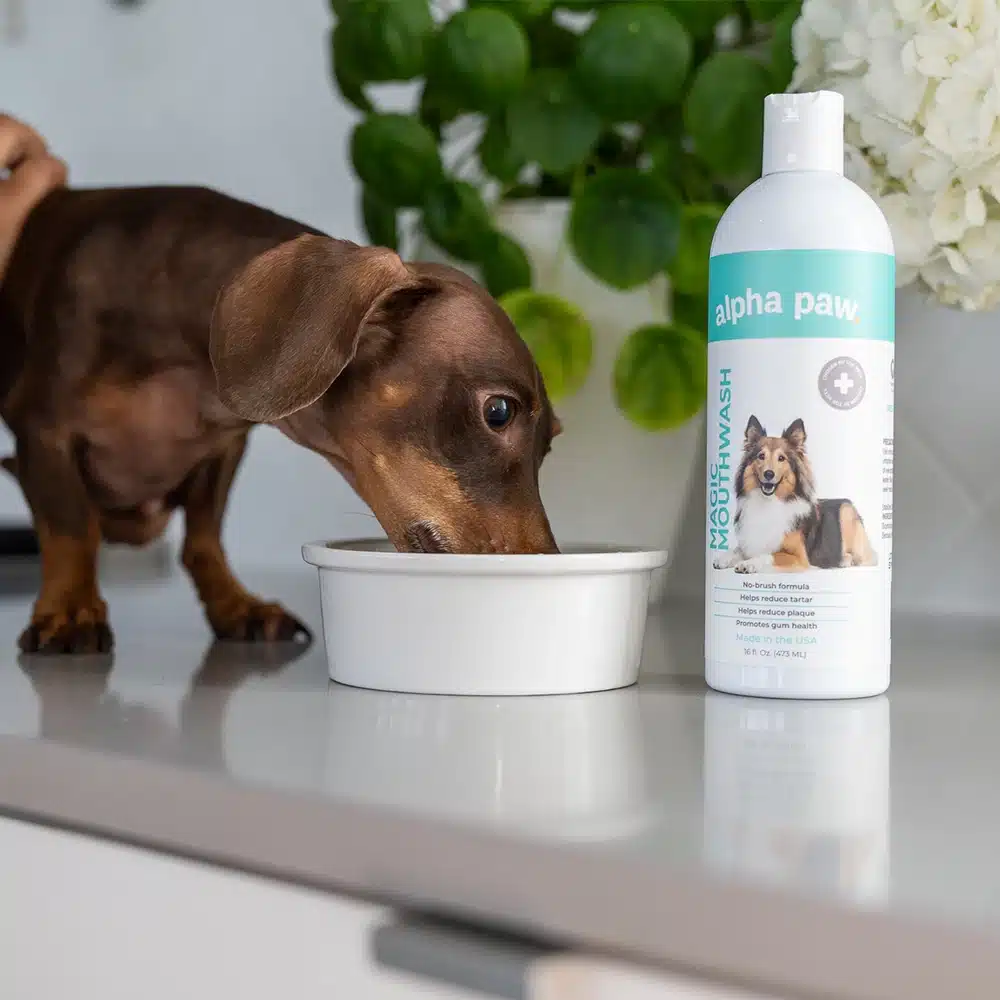Declawing is a Hotly Debated Topic.
However, more and more people are now going against it. If you have thought of declawing your cat or a vet suggested it, then you might want to research further what it means to your beautiful feline friend.
Right off the bat, let me tell you: you should never, ever declaw your cat – unless it’s a matter of life and death. If you are serious about loving and caring for your furry baby, let me share with you some of the most important reasons you should not remove your cat’s claws.
Declawing Does not Benefit Your Cat
Let’s face it: the number one reason why pet owners declaw their cats is to save their precious furniture from scratches.
However, if you come and think about it, would you remove your child’s hands just to prevent him from drawing on your walls or making a mess in the kitchen? Obviously, the answer is no. I hope the same is true with your cat.
Declawing, whether for health or behavioral reasons, does not benefit your cat.
Declawing Costs Money
Declawing isn’t a free procedure. It costs between $100 to $250, depending on your vet and what technique is used. That’s enough money for you to buy something way cooler on Amazon.
The One Thing Pet Owners Regret Not Doing Until It’s Too Late
Is your pet safe?
1 in 3 pets will need emergency veterinary treatment each year and it is estimated a pet receives emergency care every 2.5 seconds in the U.S.
The average cost of treating a broken bone in dogs is $2,700. Cancer treatments? Up to $10,000.
It’s why so many pet owners say their biggest regret isn’t the vet bill—it’s not having pet insurance when they needed it most.
Ask yourself: “If an unexpected $5,000 vet bill hit tomorrow, could I afford it?”
If the answer is no, it’s time to get covered.
Take a look at Lemonade. They have a great app that actually works, they have an instant chatbot that is faster and, dare we say it, friendlier than most companies’ “real” customer service and a quick scroll through Reddit will uncover… people are really vibing with this brand.
So go check them out and take a look. It takes less than a minute.
Moreover, you also don’t just worry about the cost of the procedure itself, but you have to buy post-surgery meds. Additional costs may also be needed in case of surgical complications.
Declawing Is Brutal
The term declawing is actually inaccurate. The procedure does not only remove the claw, but also the first joint of your cat’s toes. During the procedure, the vet uses a wide range of cutting tools such as a scalpel, laser, and guillotine-type cutter.
If it sounds brutal, it probably is.
Declawing Is Painful
Imagine if your claws, as well as the joints of your toes, are removed. You will surely feel pain from the procedure. Phantom pain is also common as nerve endings heal.
Declawing Leads to Behavioral Problems
Cats love to scratch. They scratch for numerous reasons. They do it to release excess energy, relieve boredom and stress, exercise, mark their territory, and a lot more.
Now, if you remove the claws of your cat, what will happen?
Evidently, there would be behavioral problems. One of them would be the refusal to use the litterbox. When cats poop, they dig in the litter and hide their waste. However, digging can be painful for declawed cats. They would then associate pain with the litter box and eventually, they will simply ignore it.
Another behavioral problem that may arise is excessive biting. When your cat lost its ability to scratch, it will turn to its next line of defense – their teeth. Even if they just want to give a warning, they may bite immediately because they don’t have a choice.
Other behavioral problems related to declawing may include being aloof to people, irritable, refusal to play, and aggressiveness, to name a few.
Declawing Gets Rid Of Your Cat’s Defenses
Your cat needs its claws to protect itself from other animals. A declawed cat won’t have a chance in a fight. Don’t also think that your indoor cat is exempted. There will come a time when he will escape and get into a fight with other animals outside your home.
Long Term Problems
Unfortunately, declawing can affect the natural gait of your cat. Because your cat has to adjust the way he walks, he can easily develop joint and muscle problems. Impaired mobility and uncoordinated balance may ensue if not now, it will be in the future where your cat starts to age.
Here’s where things can get worse. Sometimes, after declawing, the nails of your cat grow back. Since it is coming within the skin, it will cause so much pain. Pet owners won’t even recognize that their cat is suffering.
There Are Alternatives
Declawing is a major surgery that comes with both temporary and permanent consequences. Ironically, declawing is used to correct a certain behavior. Yet, it becomes a root cause for more problems to ensue.
Thankfully, there are other alternative options that you can do. For example, you can use nail or claw caps instead. You can also cover your furniture or spray scent to it that your cats don’t like. Add scratching posts around your home.
There are other solutions to scratching problems. You don’t have to resort to declawing. If you want to know other options or you want to know more, you can speak to your vet. Explore the pros and cons of each option so you know exactly what is best for you and your pet.
80% of Dogs Develop Arthritis or Joint Pain by 7 Years old – Here’s How to Protect Them
Most of us train our dogs when they are puppies to jump up on furniture. We think it’s harmless (and easier than always lifting them), but for dogs, couches and beds are very high compared to the size of their bodies.
Every time they jump it compresses their back and applies enormous force to their joints.
It’s no wonder that an incredible 80% of dogs experience arthritis or joint pain by only 7 years old.
Luckily, there is a vet-recommended solution.
It’s the PawRamp by Alpha Paw. An adjustable ramp that allows dogs to safely get on and off couches and beds. PawRamp makes joining you in bed or on the couch effortless and fun.
As a bonus, you can use code SAVE35 to get $35 off the PawRamp today.














